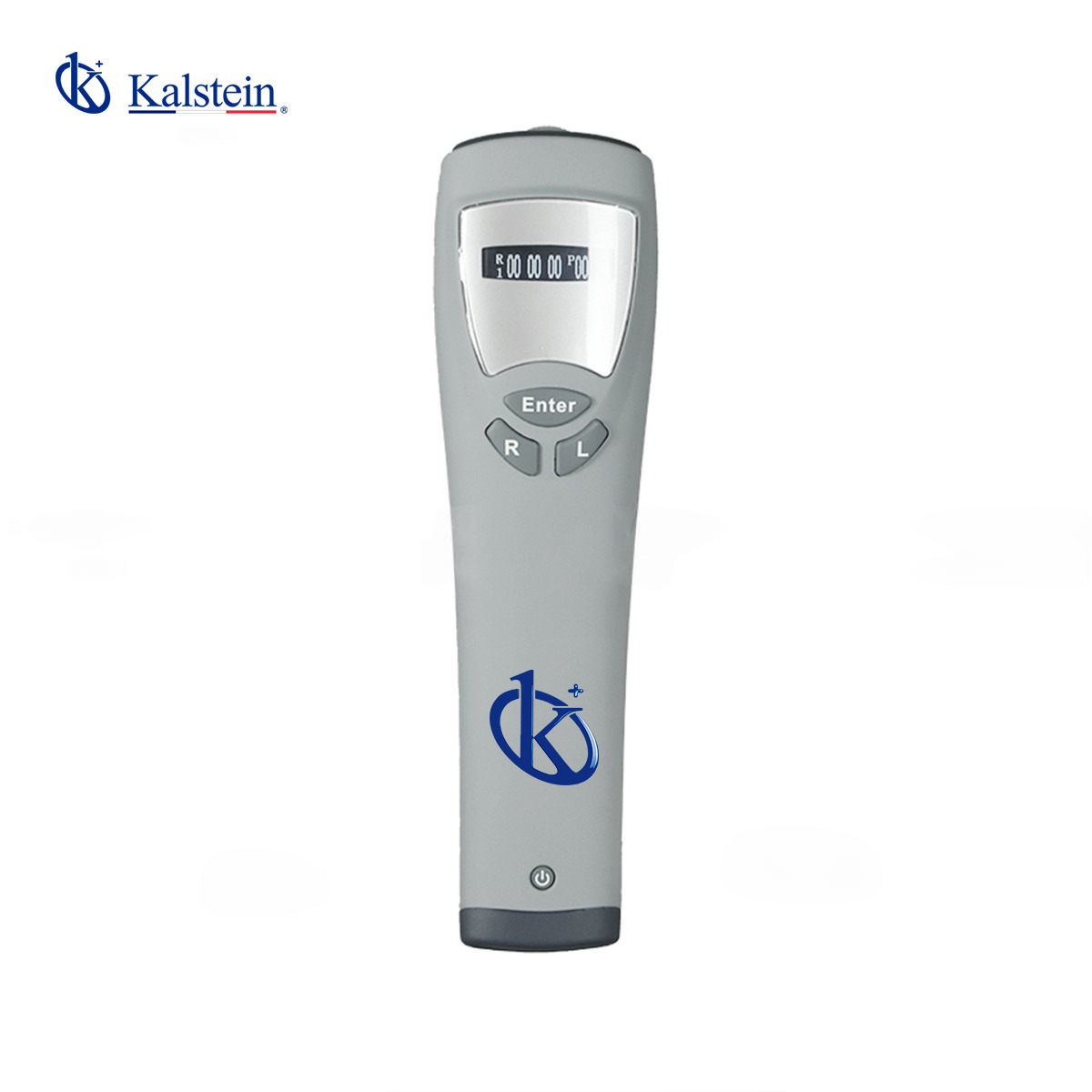As someone who has had the opportunity to use the Veterinary Rebound Tonometer, I can confidently say that this device has revolutionized our approach to measuring intraocular pressure (IOP) in animals.
This type of tonometer, especially advanced models like those from Kalstein, offers the precision and ease of use that are crucial for veterinary diagnostics. The use of rebound technology allows for quick and accurate readings without the need for topical anesthesia, which is a significant benefit for both the animal and the veterinarian.
If you’re seeking a blend of innovation and quality, you’ve come to the right place. At https://kalstein.co.il/category-product/veterinary-sector/veterinary-tonometer/ we offer you the luxury to explore our exclusive catalog of laboratory equipment. We manufacture each piece of equipment with a level of excellence. Our intuitive and agile online shopping channels are designed for your convenience, ensuring the friendliest prices. Don’t hesitate any longer, we bring science to life, it’s time to become part of our community. https://kalstein.co.il/
Features of the Veterinary Rebound Tonometer
The Veterinary Rebound Tonometer stands out for several innovative features. Firstly, its ergonomic design facilitates handling, allowing comfortable measurements for both the operator and the patient.
Additionally, many of these tonometers include advanced positioning systems that guide the user to the exact measurement point on the cornea, ensuring consistent and reliable results. Some models, such as the Tono-Vera from Reichert, incorporate systems like ActiView™, which provide a color view of the eye and interactive guides for precise alignment.
Why Does the Veterinary Rebound Tonometer Have This Price?
The price of rebound tonometers can vary significantly, but it generally reflects the advanced technology they incorporate. For instance, the Tono-Vera from Reichert costs around $5,200, reflecting its advanced positioning technology and its ability to provide precise measurements without the need for routine calibration.
Furthermore, the high-quality materials and the durability of the device also influence the cost. The initial investment is offset by reliability and reduced operating costs in the long term.
Comparing the Veterinary Rebound Tonometer with Similar Products
When comparing the Kalstein Rebound Tonometer with other market models, such as the Tono-Vera from Reichert and the TonoVet Plus, several differences can be highlighted. While all these devices offer precision and ease of use, Kalstein’s model stands out for its cost-benefit ratio, offering advanced technology at a competitive price.
Additionally, the support and warranty provided by Kalstein offer additional peace of mind to buyers, something that is not always the same with other brands.
Pros and Cons of Veterinary Rebound Tonometers
|
Pros |
Cons |
|
Quick and precise measurements |
High initial cost |
|
No need for topical anesthesia |
Requires initial training |
|
Ergonomic design |
Some models require periodic calibration |
|
Advanced positioning system |
Additional accessories can be costly |
|
Data transferable via Bluetooth |
Limited availability in some regions |
|
Long lifespan |
Requires care and maintenance |
|
Reduces animal stress |
Weight can be a factor in more robust models |
|
Easy to use |
Technical manuals can be complex |
Advantages of These Veterinary Rebound Tonometers
One of the major advantages of veterinary rebound tonometers is the reduction of stress in animals during the measurement process.
Additionally, the accuracy of the readings allows for more reliable diagnoses and more effective treatments. The ease of use also means that veterinarians can perform measurements quickly, improving the efficiency of consultations.
Other Benefits of These Veterinary Rebound Tonometers
Beyond the mentioned benefits, these tonometers are often portable and easy to handle, which is ideal for veterinarians working in multiple locations or needing to perform measurements in the field.
Moreover, many models offer additional functionalities such as data storage and connectivity with other devices, facilitating patient information management.
Customer Opinions on Veterinary Rebound Tonometers
Users of Veterinary Rebound Tonometers often praise their accuracy and ease of use. Veterinarians worldwide have highlighted how these devices have improved their ability to diagnose and treat ocular conditions in animals efficiently.
Reviews also emphasize the durability and robustness of these devices, underscoring that they are a valuable investment for any veterinary practice.
Frequently Asked Questions
How does a Veterinary Rebound Tonometer work?
The Rebound Tonometer uses a small probe that gently bounces off the animal’s cornea to measure intraocular pressure. The speed and angle of the rebound are used to calculate the pressure, providing an accurate reading in seconds.
Is the use of this tonometer safe for my pets?
Yes, the use of rebound tonometers is completely safe and non-invasive. It does not require topical anesthesia and causes minimal or no discomfort to the animal.
How often should I calibrate the tonometer?
Many modern models, like those from Kalstein, are designed to not require routine calibrations, although it is important to follow the manufacturer’s recommendations to maintain the device’s accuracy.
Can I use the tonometer on different types of animals?
Yes, rebound tonometers are designed to be versatile and can be used on a variety of animals, from dogs and cats to larger species like horses.
How long does the tonometer’s battery last?
Battery life can vary by model, but many modern devices come with long-lasting rechargeable batteries, ensuring the tonometer is always ready for use.
What warranty do these devices offer?
Most manufacturers offer a warranty that covers manufacturing and functional defects, ensuring the device works correctly for several years. It is important to review the specific terms with each manufacturer.
Conclusions on These Veterinary Rebound Tonometers
In summary, Veterinary Rebound Tonometers are an essential tool for any modern veterinary practice. They offer an unparalleled combination of accuracy, ease of use, and safety.
Investing in a good rebound tonometer, like those offered by Kalstein, translates into better diagnostics and a better quality of life for treated animals. Undoubtedly, it is a purchase that is worth every penny, ensuring the best possible results in veterinary ocular health care.

